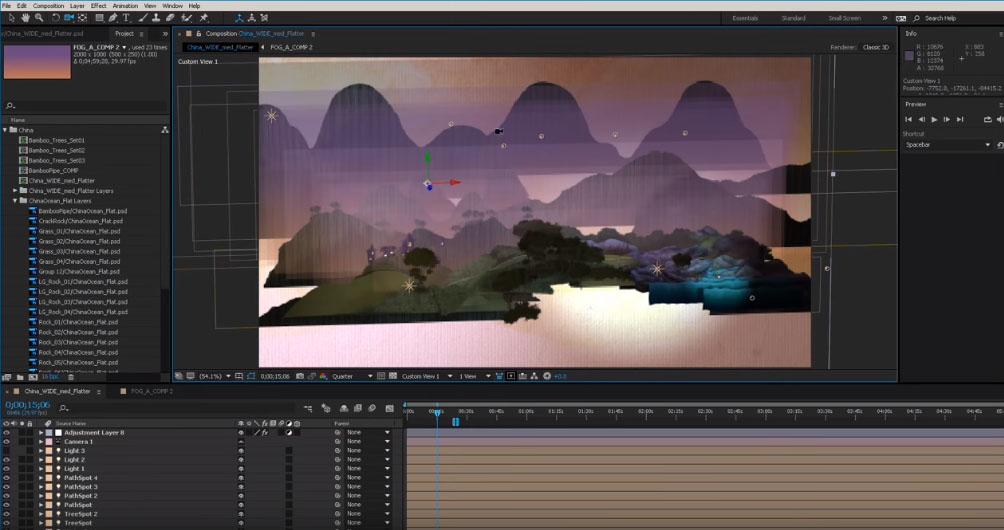

Either having the model exactly centred or having a bottom corner of the model centred. I’ve personally found that there are two good ways to position the model for exporting. Note that once you export the model in World Editor, the world centre will become the actual centre of the model, meaning that any position, rotation and scaling done in Unity will centre itself towards that point. Now you can manually realign the model so that it is closer to the center. This will automatically move the object so that the bottom of it is directly in contact with the ground of the World Editor. Once you’re here, select your model, and in the “Edit” window… So you want to ensure that you’re exporting the model in World Editor, which you can switch to by pressing the ⇄ button in the top-right corner of the View Window. If you try to export the model now in Model View and then import it into Unity, the centring of the object will be all wrong. In the World Editor, reposition the model to the ground and closer to the World center It’s up to you and your technical requirements to decide what to do with your model. Fortunately, I don’t mind if the voxel scale is not super consistent, just as long as it’s reasonably consistent most of the time. Just to take an example from my game, I know the player is around 32 voxels tall in the game world, so I might want to make something dimensionally similar to the player that big. This is if you’d like every voxel in the game world to be exactly the same consistent size. If, for example, you want everything in your game world to be precisely to scale without re-scaling everything in Unity later to make it reasonably sized, you’ll want to make sure the model scales compared to other objects in the game world. Now this one might seem obvious, but there are some things you might want to consider when making the actual model.
#Magicavoxel environment to unity how to
And frankly, there doesn’t seem to be a one-stop-shop on the net that clearly talks about what issues might occur when importing voxel models and how to fix them, so we hope our process might work for someone else! But it worked for us, and it feels relatively streamlined, all things considered. Importing voxel models into Unity is not the most optimized process, and the way we do it won't be a perfect fit for everyone or even the most performant. With all the volumetric lighting and impressive destruction in that engine, I thought “Wow, there needs to be more voxel games on the market!”Īnd while our game doesn’t use voxels in the same impressive way Tuxedo Labs did it with Teardown, I think the aesthetics of the game complement the voxel environments well! It’s a unique art style. A game that I thought executed the concept of voxel graphics from both a visual and gameplay perspective really well is Teardown.With voxels, you simply have a palette of colours and lil’ cubes. Mainly because Chapter 1 was developed on a time crunch since we wanted to submit the game for our school's game awards (which we’ll give more details about in a future article!) Both amount to more time and money, which wouldn’t have mended well with the game at this state.

If I needed to make a screwdriver model, for example, I don’t have to worry about working with vertices and triangles or having a dedicated 3D artist.

There are two main reasons why I used Voxel graphics for Just Keep Running. Written by Victor Ahlin, creator of “Just Keep Running” You can safely skip the Intro section if you simply want to get to the tutorial! Intro Share on Twitter Share on Facebook My MagicaVoxel → Unity Process: A Tutorial on How to Import Voxel Models into Unity


 0 kommentar(er)
0 kommentar(er)
